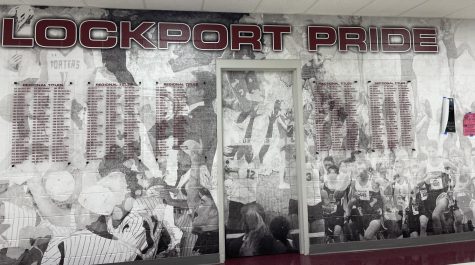Coleco Chameleon: The Retro Video Game System
Since video game consoles began to allow connection to the internet, updates and downloadable content have become major parts of modern gaming. Free updates allow developers to fix bugs found after a game’s release, and downloadable content allows developers to sell additional levels for a game at a lower price than a full game.
These modern console abilities, originally meant to allow continual maintenance and support for games, are often abused by major developers. Many developers rush and release broken games with the promise of fixing them later. When “Halo: The Master Chief Collection” was released in late 2014, the online matchmaking system was slow and buggy. Players would have to wait a long time to get into a match, running the risk of it not working at all. Although it has been improved, it can still take a while to get into a game. Some games now have microtransactions and basic game features behind paywalls—meaning you have to pay to gain access to them. The new “Star Wars: Battlefront”, for example, has downloadable content available at launch for $50. This means the price to experience the full game is $110.
The company Retro VGS (short for Video Game System) started an IndieGoGo campaign for a video game console of the same name. The Retro VGS was designed to be a protest against these common unfair practices in major video game releases. The Retro VGS would have cartridge based games and no ability to connect to the internet, which would prevent developers from abusing modern console features. The console largely appealed to people nostalgic for the simpler times of gaming. Unfortunately, Retro’s ambitious goal of $1,950,000 was not met. Only slightly above $80,000 was raised.
If it was not for Coleco, the same company behind the 1982 Colecovision game console, the Retro VGS would have terminated then. Retro VGS acquired Coleco branding for the console, and the Retro VGS was renamed the “Coleco Chameleon”. A new crowd funding campaign, this time on Kickstarter, began for the newly rebranded console.
A working prototype of the Coleco Chameleon was shown at the New York Toy Fair. Pictures of the prototype were leaked online, and it was discovered that the supposed prototype was actually the insides of an SNES Jr. retrofitted to an Atari Jaguar case. Shortly after, Retro VGS posted a photo of a new prototype. The Atari Jaguar case was clear, and the insides were clearly shown. It was later found out that the “motherboard” in the new prototype was actually a Hicap50B CCTV DVR capture card. In response to these accusations, Coleco threatened to pull their name from the Chameleon if the Retro VGS prototype did not meet their standards.
Days later, Coleco pulled out of the deal with Retro VGS. Retro VGS shut down their facebook page and website. The Retro VGS project was terminated.
The Coleco Chameleon had potential. Gamers were hopeful that it would bring retro gaming into the mainstream. Unfortunately, it was not executed well, and died as a result. The downfall of the Coleco Chameleon does not reflect the ability of retro gaming to be successful. There is an always an audience for nostalgia.





